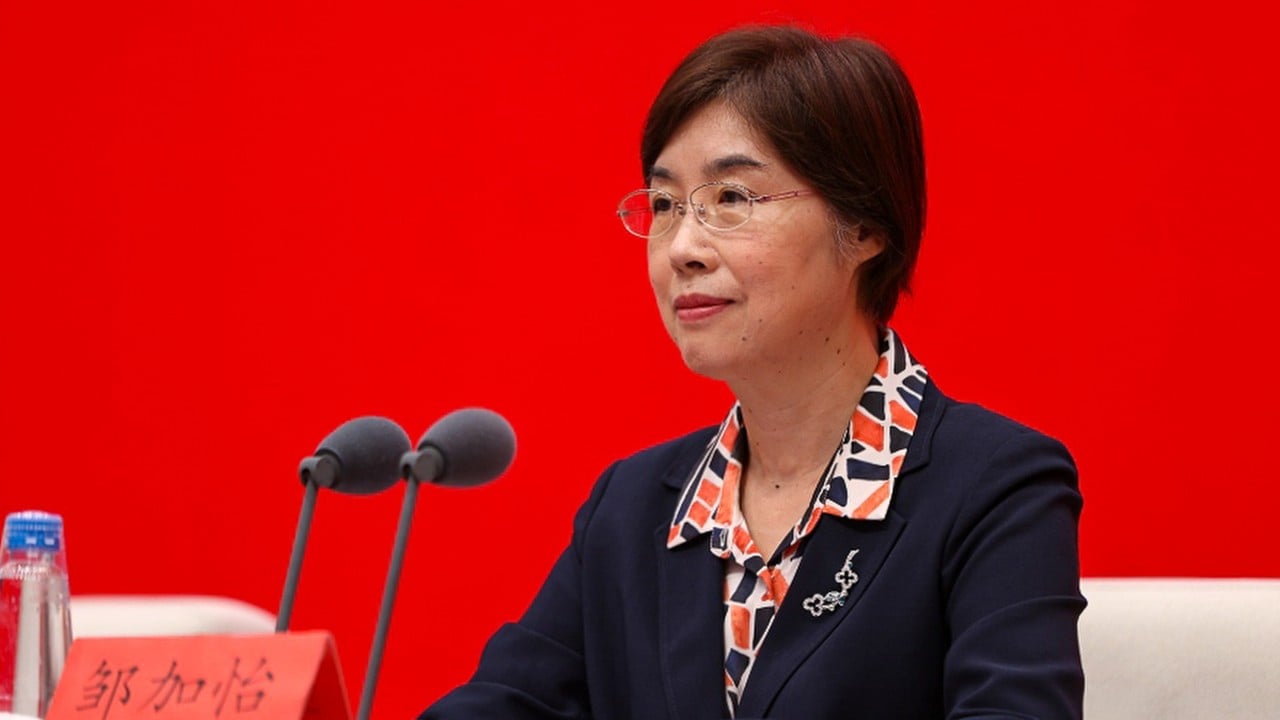Back to April 2016, at the Qingfeng steamed bun restaurant in Beijing’s bustling Xicheng district, Jin Liqun lunched with the Asia editor of the Financial Times to introduce himself and China’s newly created Asian Infrastructure Investment Bank (AIIB).
Advertisement
Beijing’s decision to establish a development bank reflected in part a deep frustration with the reluctance of the world’s leading economies to give China (and other leading developing economies) more influence in Bretton Woods institutions such as the International Monetary Fund and World Bank.
It also made clear a sharp difference in development priorities: the AIIB’s core task would not be to tackle poverty, but – as its name suggested – to improve infrastructure and devote its keenest attention to Asia.
“We’re not trying to upend the international financial and economic order, even though it leaves much room for improvement,” Jin insisted. “This is really an opportunity for China to show it can work with other countries and to [better] international practice – not just Western practice – so people can be convinced China is a force for peace and prosperity in the world.”
A decade later, as Jin prepares to step down as AIIB president and introduces his successor, Chinese finance ministry veteran Zou Jiayi, it may be timely to audit the bank’s progress and consider how its role might evolve over the next 10 years.
Advertisement
Many remain sceptical about China as a force for peace and prosperity, particularly in the affluent West. But as the AIIB’s membership has grown from 57 to 110 economies, the endorsement of its priority of infrastructure-building is broadly based across much of the developing world.

